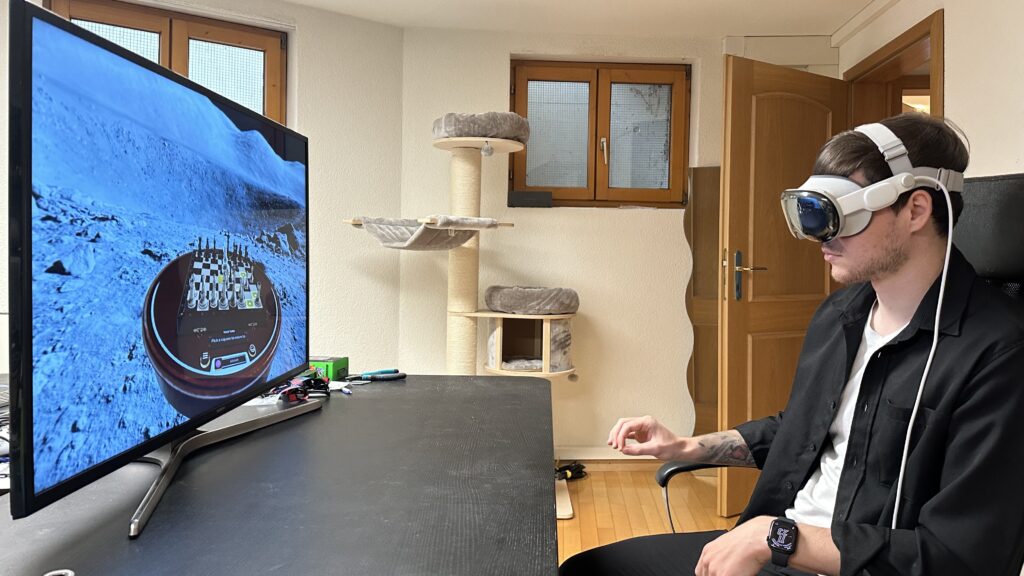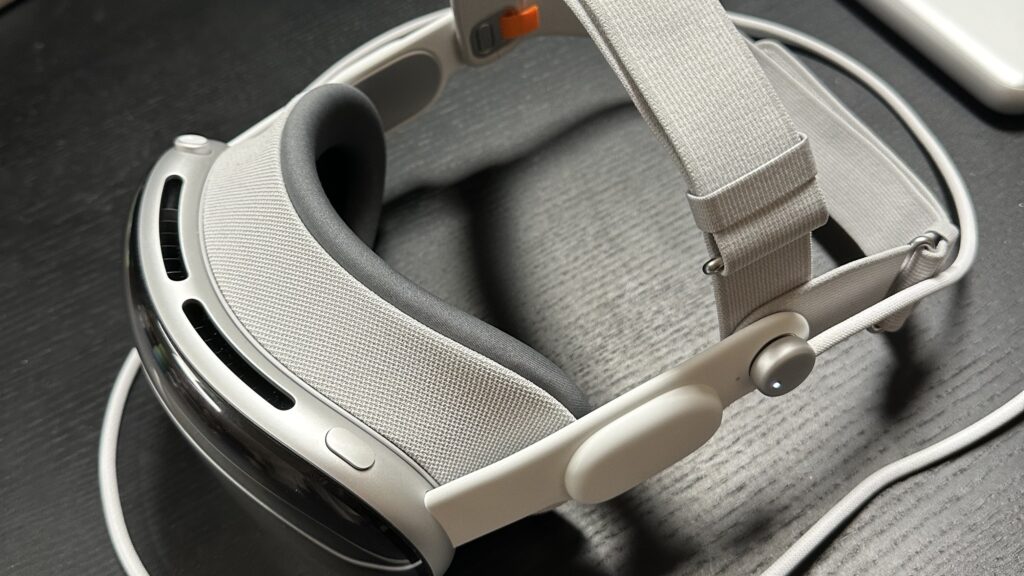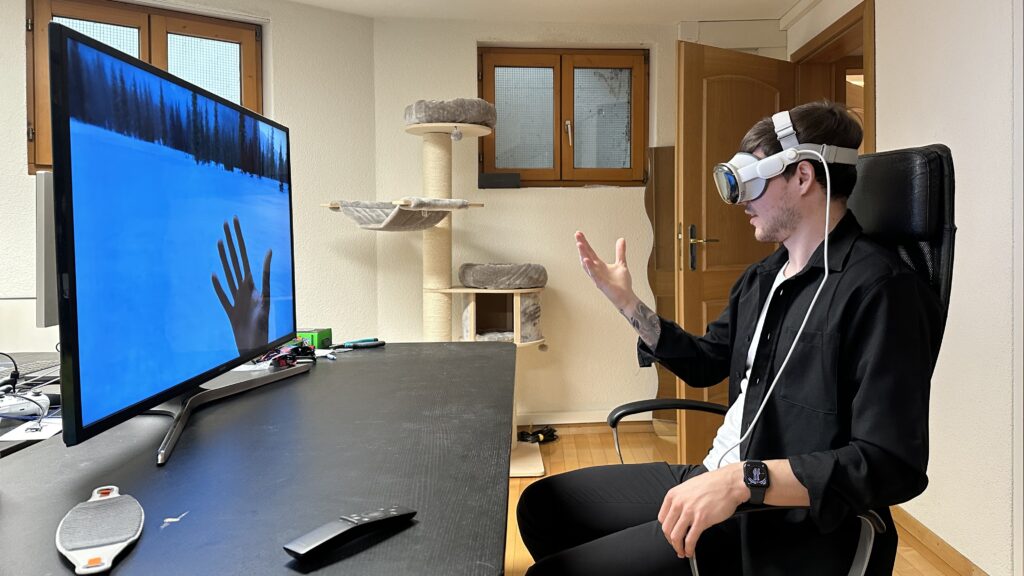Don’t let recent reports about Apple Vision Pro put you off. Even in its early stage, the AVP is a joy to use and it does many things incredibly well, above all is its intuitive user experience. When testing the Apple Vision Pro, it becomes evident that a ‘check-boxing’ mindset was what was holding back the adoption of XR for many years. What does it mean? Since the early days of XR, it was easy to explain the lack of a breakthrough with too many missing features, such as “we don’t have hand or face tracking” 🤚, “it needs to be standalone” 🚫🔌, “it is too heavy” 🏋️♂️, or “it mustn’t have a cable” 🚫🔗. While some of these are certainly true, manufacturers have since then worked on checking every one of these check-boxes, instead of asking themselves what was holding back XR from reaching mass adoption in the first place.



It seems like in their true style Apple has learned from these mistakes and quietly worked towards an incredible spatial computer 💻🌌, combining their huge advancements over the years in audio, input, display, manufacturing, and more. While other devices seem like gaming consoles, Apple seems to already be years ahead of the competition with a device that truly has the potential to replace or add immense value to our existing computers and screens in the foreseeable future. Most importantly, the omnipresent question in XR of “What is this actually used for?” seems to vanish as more and more people get to try the AVP. For the first time, the use of a VR headset seems natural enough to spend extended amounts of time using it for productivity 📊, entertainment 🎥, and casual gaming 🎮, without getting tired of it or leaving you asking for more. Quite the opposite, the AVP seems to get better and reveal more use cases the more you use it.
Making XR Mainstream🚀
Okay, the AVP is an amazing product, but how will it make XR mainstream? As everyone reading this article knows, VR development is expensive, very, very, very expensive 💸💸💸, and the turnover is modest at best. Apple makes it possible for developers to use familiar tools such as Xcode, Reality Composer Pro, or Unity to create experiences that are much more similar to mobile apps in terms of effort and complexity, not least thanks to their brilliant concept of volumes and spaces, as opposed to today’s XR apps that are all exclusive experiences and have a sheer never-ending number of potential pitfalls to consider. This is mainly because visionOS takes care of many otherwise time-consuming aspects such as the user experience and overall look and feel. Think of the intuitive and familiarity of an iPhone or iPad app.
Addressing the Criticisms: Weight and Field of View 👓
I also wanted to address two points that were strongly criticized online and initially made me sceptical about the device: The weight and the field of view (FoV). To keep it brief, if you wear the device at the proper angle and use the strap that fits you best, you can barely feel the device while wearing it. The same goes for the FoV. While watching videos and playing games, at no time I had the feeling of having any part of the screen cut off and the experience was just close to perfect overall.
Price vs. Value 💰➡️💎
Lastly, for a long time, manufacturers thought that a low price point is what is needed, and the industry largely thought that this has been confirmed with the weak entry of the Meta Quest Pro as opposed to a much better received and much cheaper Quest 2 and 3. However, if we have learned anything from the famous Steve Ballmer interview, it is that Apple is proving to us time and time again that price might not be as important as we thought.
What does it mean for you as a developer?🛠️
Less is more. Don’t get lost in too many features and frameworks. Stop thinking about how to include as many features as possible into your app. Get rid of this check-box thinking! Trust your instinct and give yourself enough credit to know what people are going to like or not. If you enjoy something, chances are others will too.
Conclusion
In conclusion, the Apple Vision Pro isn’t just a step forward for Apple, but a giant leap for XR technology. It showcases the potential for immersive computing in our daily lives, proving that the right blend of technology, usability, and innovation can indeed make the future of virtual reality and augmented reality both accessible and desirable for the mainstream. 🌍✨
Huge thanks to the XR Bootcamp for making this experience possible and the wealth of knowledge I gained by spending a whole morning with and talking to Roger Küng from Holonautic and testing his Apple Vision Pro!
Support Black Whale🐋
Thank you for following this article. Stay tuned for more in-depth and insightful content in the realm of XR development! 🌐
Did this article help you out? Consider supporting me on Patreon, where you can find all the source code, or simply subscribe to my YouTube channel!